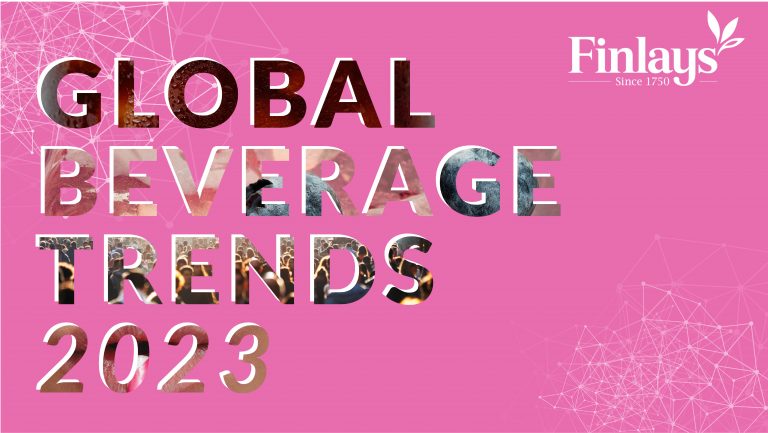‘Selective Spending’, ‘Mindful Drinking’ and ‘Retail Reimagined’ are some of the major trends the beverage industry should be getting ready for in 2023, according to Finlays.
As part of its annual Global Beverage Trends Report, Finlays has outlined five key trends which it believes will shape natural beverages over the next year (and beyond).
“The events of the last twelve months feel just as seismic as the previous twelve,” Sian Edwards, Finlays’ Group Insights Manager, said, “with continued volatility in global economics, supply chains and politics continuing to cause major changes in how consumers purchase beverage products.”
Despite these challenges, Edwards believes that the outlook for the industry is positive: “Globally, consumers are seeking to make good choices for the planet, and for themselves. While we expect to see belts tightening, we’re also already seeing the return of the beverage as an ‘affordable indulgence’, creating opportunities for innovation and value creation. Consumers’ continued interest in healthy and sustainable beverages is also an important opportunity for brand owners.”
Key trends from the report include:
1. Selective spending.
Following the boom in ‘revenge spending’ which saw people splurge as lockdowns eased, consumers are now facing a raft of financial challenges. Spending caution will therefore be a major trend in 2023 (and beyond), but we also expect to see a focus on ‘affordable luxury’ as consumers seek cost effective ways to keep their spirits up. Beverage brand owners who can offer consumers a gloom-busting taste of affordable indulgence luxury will be in an advantageous position.
2. Mindful Drinking
Millennials and Gen Z are drinking alcohol less and more mindfully than previous generations. They’re also much more receptive to new beverage concepts, spurring the development of new niche and hybrid categories. The beverage industry has been highly responsive to changing consumer behaviour, with innovations spanning the alcohol alternative, low alcohol and RTD alcohol categories as brand owners look to capture share in this fast-growing market segment.
3. Mood boosting beverages
“Permacrisis” was named word of the year for good reason. After the challenges of Covid, and with financial pressure mounting, consumers are increasingly looking to ease stress with products that support mental wellbeing. These range from products that create a sense of treat and relaxation, to those that promise functionality. Beverages can be central to this trend – the role of hot tea infusions in moments of relaxation is prevalent in most cultures globally, while caffeinated beverages such as iced coffee are often consumed for a more active boost.
4. Crunch-time for Carbon
In 2022, we looked at the importance of traceability, and companies demonstrating tangible actions to reduce their impact on the planet, from packaging to sourcing strategies. For 2023 there will be a laser focus on carbon emissions, as government legislation, consumer awareness and rising energy costs intersect to bring this trend to the foreground.
5. Retail Reimagined
Covid hugely accelerated the uptake in online shopping, changing the way consumers purchase goods. This trend is taking shape in several ways including traditional ecommerce e.g., through retailers building online presence, direct to consumer models (such as brand subscriptions) and the growing area of social media shopping e.g., TikTok shop. This is a challenge for the beverage landscape, with products typically being tricky and expensive to ship, but brands are starting to adapt.
The report is available here.


